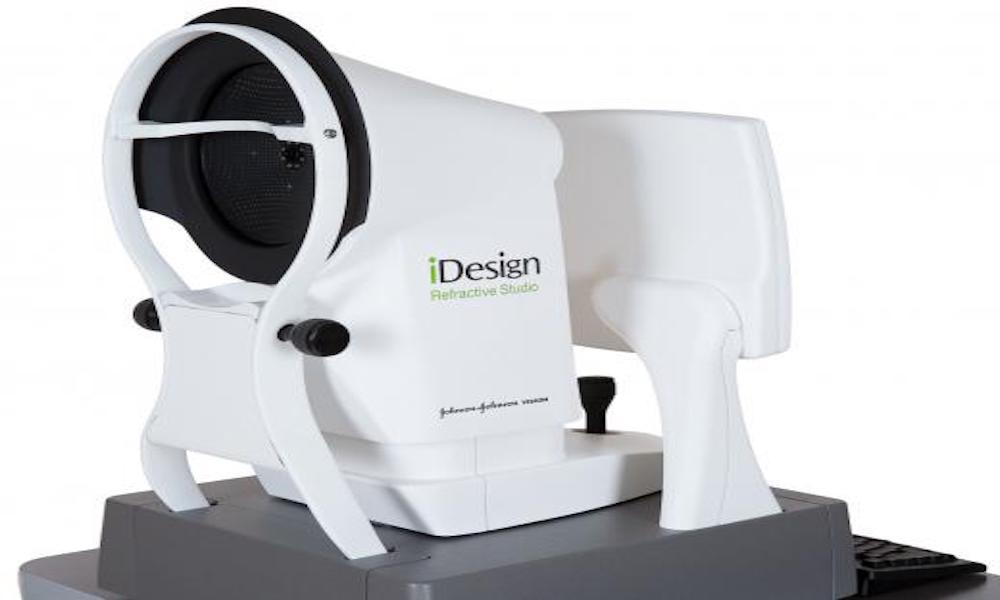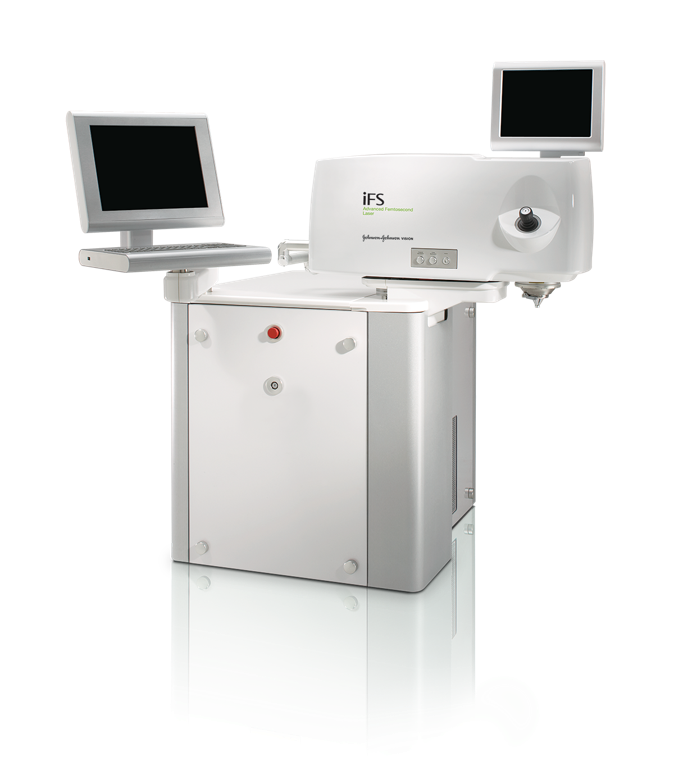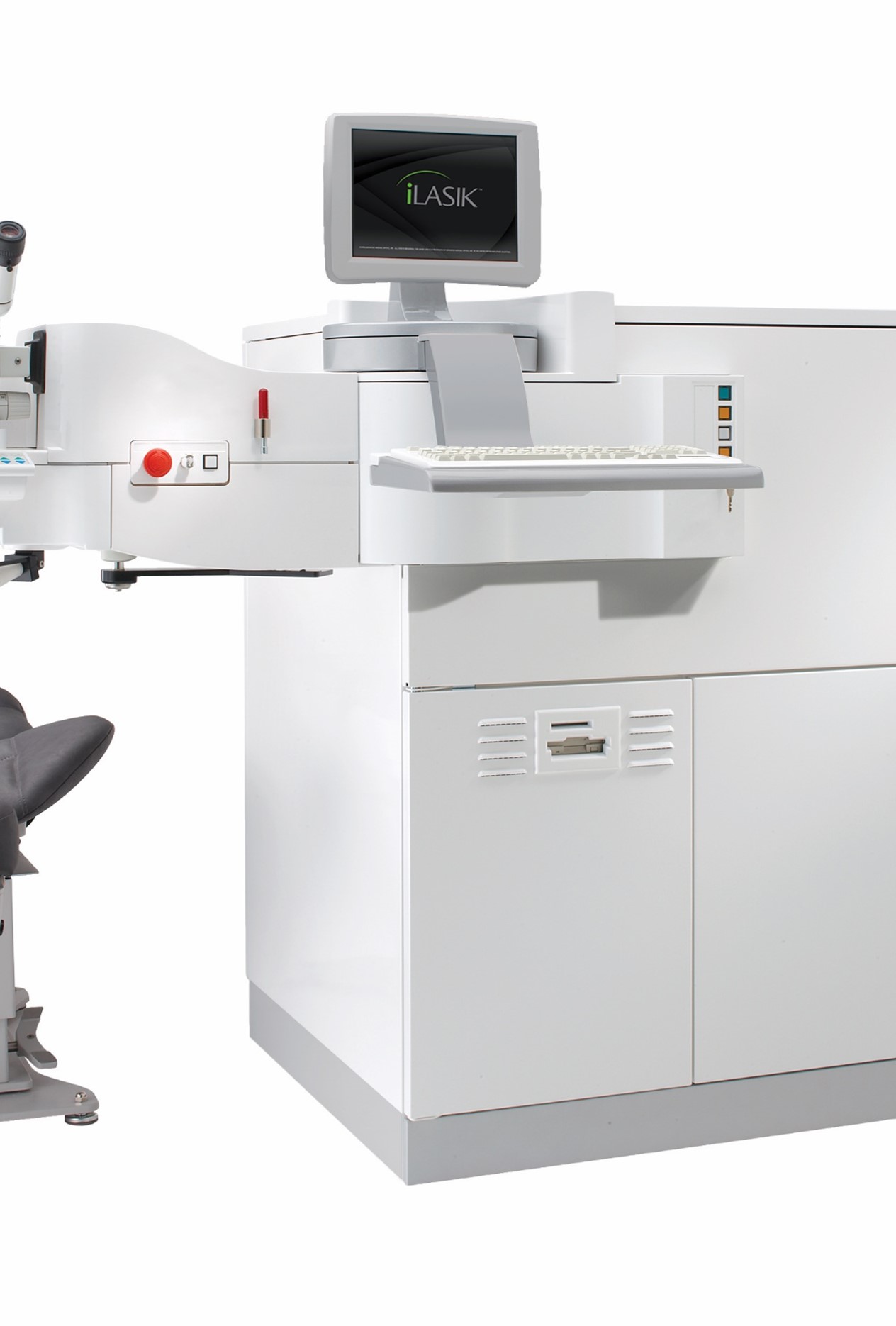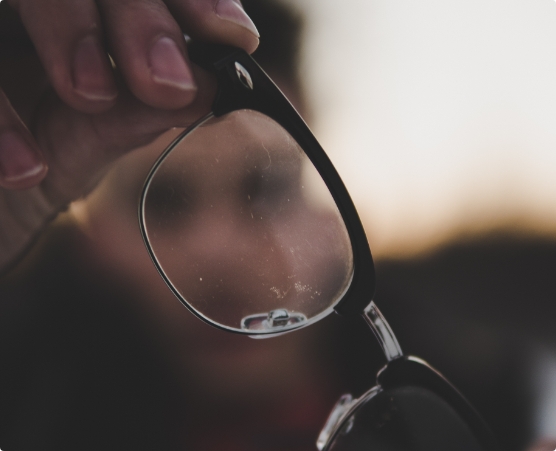 Call for a free LASIK consultation. (770) 786-1234
Call for a free LASIK consultation. (770) 786-1234
Our Patient-Centric Approach to Treatment
Georgia Ophthalmologists believes treating each person as an individual is an essential part of each patient’s #VisionForLife.
Is LASIK Right for You?
Evaluate these symptoms to determine if they resonate with you or someone you know. Schedule a consultation to explore LASIK options for a personalized vision solution.
-
Nearsightedness
Nearsightedness, known as myopia, hampers clear vision of objects that are located at a distance.
-
Astigmatism
Astigmatism occurs when the cornea or natural lens has an oval shape, resulting in blurry vision at various distances.
-
Farsightedness
Farsightedness, also known as hyperopia, causes distant objects to appear clearer than nearby objects.or the eye’s natural lens is somewhat oval. This creates blurred vision both distance and near.
-
Presbyopia
Presbyopia, an age-related condition, blurs near vision after 40, often requiring the need for reading glasses.

What Results are Possible?
LASIK offers the potential for long-lasting freedom from glasses or contacts, but the final results can vary between patients based on individual factors and eye characteristics.

Have you been told you are not a candidate for LASIK?
Experience the incredible advancements of LASIK over the past twenty years. Even if you’ve been told you’re not a candidate, explore your options for a potential glasses-free future during your consultation.

THE BIGLES LASER VISION APPROACH
LASIK may mean no more corrective lenses but it’s not right for everybody. A consultative exam will determine whether you’re a candidate.


Technology
iDesign Refractive Studio (image of machine)
At Bigles Laser Vision, we stay at the forefront of LASIK advancements to enhance your vision. Our advanced iDESIGN® Refractive Studio, FDA-approved with topography-integrated, wavefront-guided technology, ensures precise measurements for personalized LASIK procedures.
This state-of-the-art system analyzes your entire visual system, enabling Dr. Bigles to create customized treatment plans based on five comprehensive measurements. Whether you have myopia, hyperopia, mixed astigmatism, or presbyopic myopia, our technology offers tailored LASIK solutions to meet your unique vision needs. Explore the possibilities of personalized LASIK at our clinic.

The iFS Femtosecond Laser
Experience the benefits of the iFS Femtosecond Laser, an advanced technology that offers a 100% blade-free approach to creating the corneal flap. With enhanced precision, this laser allows your doctor to tailor the flap based on your individual eye needs, resulting in a safer and more customized procedure.
The flaps created with the iFS Femtosecond Laser are three times stronger than those made with a blade, reducing the risk of complications. Discover the advantages of this innovative technology for your LASIK journey.

The STAR S4 IR Excimer Laser
Experience the remarkable capabilities of our advanced corneal reshaping machine. Utilizing digital data from your personalized wavefront-guided eye map (iDesign), this cutting-edge technology gently reshapes your cornea with unparalleled precision.
It incorporates advanced features such as real-time eye motion tracking, ensuring optimal laser repositioning for precise treatment. Additionally, the machine verifies the correct patient and eye to be treated, enhancing the accuracy of treatment placement. Trust in the accuracy and effectiveness of this state-of-the-art technology for your vision correction needs.
Patients Say
LASIK Surgery is Quick and Painless.
Experience the exceptional performance and precision of this outpatient procedure, with minimal surgical time required per eye.
LASIK, commonly known as laser eye surgery, is a type of refractive procedure that corrects myopia (nearsightedness), hyperopia (farsightedness), and astigmatism. It is performed as an outpatient procedure by a trained ophthalmologist using a laser. The laser is used to reshape the cornea, the front part of the eye, to improve visual acuity and the clarity of the image you see.
Key points about LASIK:
- Corrects myopia, hyperopia, and astigmatism
- Outpatient procedure performed by a trained ophthalmologists
- Utilizes a laser to reshape the cornea for improved visual acuity
- Similar to PRK (photorefractive keratectomy) but with reduced pain and faster recovery
Take the first step towards clearer vision by booking a consultation with a member of the Bigles Laser Vision team. Discuss specific details and personalized information about LASIK as it relates to you, your vision needs, and lifestyle.
1FREE CONSULTATION
Before elective LASIK surgery, a comprehensive eye exam is vital during your free LASIK consultation. Your doctor will assess your eyeglass prescription, evaluate eye health, and determine candidacy. Pupil dilation allows a thorough examination of the eyes and accurate measurement of refractive error.
Once approved for LASIK, a separate appointment will be scheduled for the procedure.
You can schedule an appointment for a free LASIK consultation by calling 770-786-1234
2The Procedure
At Bigles Laser Vision, we use advanced technologies, including the iDesign system and Femtosecond Laser. The iDesign system ensures precise measurements for personalized LASIK procedures, while the Femtosecond Laser creates a corneal flap with exceptional accuracy.
These state-of-the-art technologies work together to deliver a safe and effective LASIK experience, resulting in improved vision for our patients.

Lose the lenses – call today for a free consulation
Georgia Ophthalmologists collaborates with Lions Lighthouse Recycle for Sight, an organization that collects and distributes used eyeglasses to those in need. Consider donating your glasses to this noble cause after while achieving your best #VisionforLife.
Call us for a free consultation
(770) 786-1234

Dr. Jose Bigles
Dr. Jose Bigles is a fellowship trained refractive surgeon who has mastered the Blade-free LASIK technique. If you have questions about whether or not you are a good candidate for LASIK, please contact our office for a complimentary LASIK consultation.
LEARN MOREFAQ
-
Is the procedure painful?
In most cases, LASIK does not hurt during or immediately after the procedure, although during the procedure, you may feel some pressure on your eyes. Before your LASIK eye procedure begins, numbing eye drops are used to alleviate any pain or discomfort to the eye during the procedure. Your eye surgeon may also provide you with medication to help you relax.
-
Where will my laser eye procedure be performed, and how long will my recovery be?
LASIK is an out-patient surgical procedure performed onsite at Georgia Ophthalmologists’s very own laser surgery suite, located at Bigles Laser Vision in Athens. You will spend approximately 15 minutes in the laser suite, although the LASIK procedure itself takes less than 1 minute per eye. Adding in pre-procedure preparation and onsite recovery, you should plan to be at the surgery center approximately 2 to 3 hours..
LASIK requires only topical anesthetic drops. After the laser reshapes the cornea, the flap is replaced and serves as a natural bandage for the healing process.
-
Is LASIK expensive?
Many LASIK centers advertise a “rock-bottom” price for vision correction, however, most of these surgeons are still using a scalpel and older technology. Often, the advertised low price is a tactic to get a patient into the office, where the patient then finds that there are many options and additional charges that drive the cost up. At Bigles Laser Vision, we only use the most advanced “blade-free” techniques.
Part of the free consultation offered by Georgia Ophthalmologists is a discussion of price, and there are many options for payment plans that make the procedure affordable to our patients.
-
How long does LASIK last?
In the majority of cases, LASIK results in a permanent improvement in vision resulting in better #VisionForLife. However, in a small percentage of instances, which can be attributed to changes in the eye’s natural lens, nearsightedness, farsightedness, and/or astigmatism may reappear over time, leading to blurred vision. Should such regression occur and become problematic, a subsequent procedure known as a LASIK enhancement can typically be undertaken to reinstate clear vision.
A long-term study published in American Journal of Ophthalmology found that among patients who underwent LASIK surgery for the correction of up to -10.0 D of myopia, within 10 years, only about 6% chose to undergo a LASIK enhancement due to myopic regression.
In many cases, people who experience minor refractive changes after LASIK aren’t bothered by the change and don’t feel a need for additional vision correction. Others choose to wear prescription eyeglasses only for specific activities (driving at night, for example), and some choose to have an enhancement procedure performed. -
Are there risks involved?
Since LASIK was FDA approved in 1998, the procedure has continued to improve, with advancements in supporting technology and surgeon skill. Thanks to LASIK, today millions of people throughout the world are less dependent on glasses or contact lenses. Still, the decision to have LASIK should be approached with caution. As with any procedure, there are potential risks, and a thorough discussion with your eye surgeon can help you make an educated decision
Vision For Your Lifestyle
SURVEY FOR CATARACT PATIENTS
You have an important decision to make about your vision future. This survey is designed to help us understand your vision goals so we can provide you with the best possible lens for your lifestyle.
-
General Contact info@georgiavisioncare.com
Contact an Office
-
Phone (770) 786-1234
Fax(770) 385-0813


